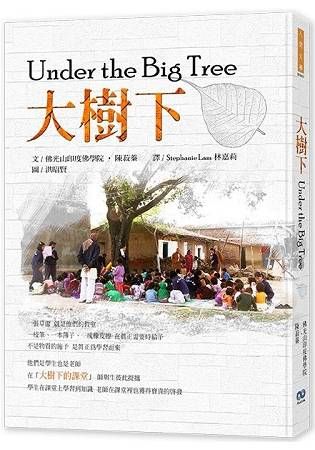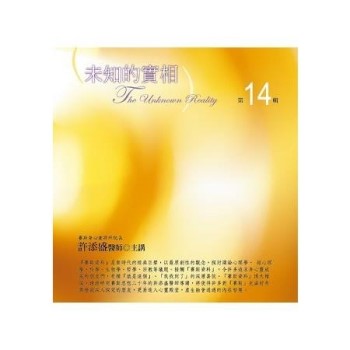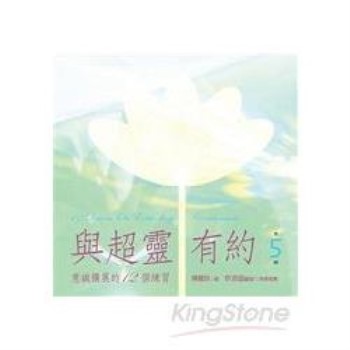| FindBook |
|
有 1 項符合
Stephanie Lam林嘉莉的圖書 |
 |
$ 160 ~ 300 | 大樹下 Under the Big Tree【金石堂、博客來熱銷】
作者:佛光山印度佛學院.陳菽蓁 / 譯者:Stephanie Lam 林嘉莉 出版社:香海文化 出版日期:2016-08-30 語言:繁體中文 規格:328頁/15*21cm  共 10 筆 → 查價格、看圖書介紹 共 10 筆 → 查價格、看圖書介紹
|
|
|
林嘉
林嘉,字子正,福建福清縣人。明初官員。
洪武四年辛亥,明朝首開會試,林嘉考中吳伯宗榜三甲進士。官沐陽縣縣丞。
![]() 維基百科
維基百科
圖書介紹 - 資料來源:Readmoo 評分:
圖書名稱:大樹下
印度大樹下,一群孩子、幾位小老師、四位守護者法師。就是這幾項簡單的元素,構成了一場動人心弦的翻轉教育,自2014年6月下旬的雨季開始上演,至今仍不間斷地在印度菩提伽耶進行著…
從這場不間斷的翻轉教育中,我們看到了──不因大雨滂沱仍早早到大樹下等待上課的孩子們,不畏種種困難而放棄自己初衷承諾的院童小老師們,無視燠熱難耐的天氣仍慈悲的守護著這些孩子的法師們;我們在他們每一個人的臉上,看到了簡單、快樂與富足的笑容時,我們便知道──「大樹下」不再只是一堂課程,實則代表菩提樹,象徵著釋迦牟尼佛的教法;另一層意義,代表著佛光山印度佛學院,傳承自台灣大樹佛光山,正秉承著星雲大師的理念,將佛陀本懷之人間佛教──帶回印度。
「大樹下」,擷取自佛光山印度佛學院在菩提伽耶為當地小孩開辦的教育課程之每週上課日記,加上作者陳菽蓁的觀察採訪記錄書寫而成,它寫孩子、寫課程,寫與印度相關的人事物,也寫入佛陀的事跡及教法,推荐給所有讀者,期望所有讀者對生命、對幸福、對愛,能有更深廣的體悟,能有更深切的珍惜。
─作者簡介─
陳菽蓁,人間福報專欄作者,喜愛文字甚於其他。嚮往一個安靜的、沒有喧囂的世界,本來孤僻少言。學佛後發現這個世界可以在內心尋得,因而轉性成功,從此遊走兩個世界,至今無事。除了畢生以文字為救贖,更願以佛法做為永遠的歸宿。
|











